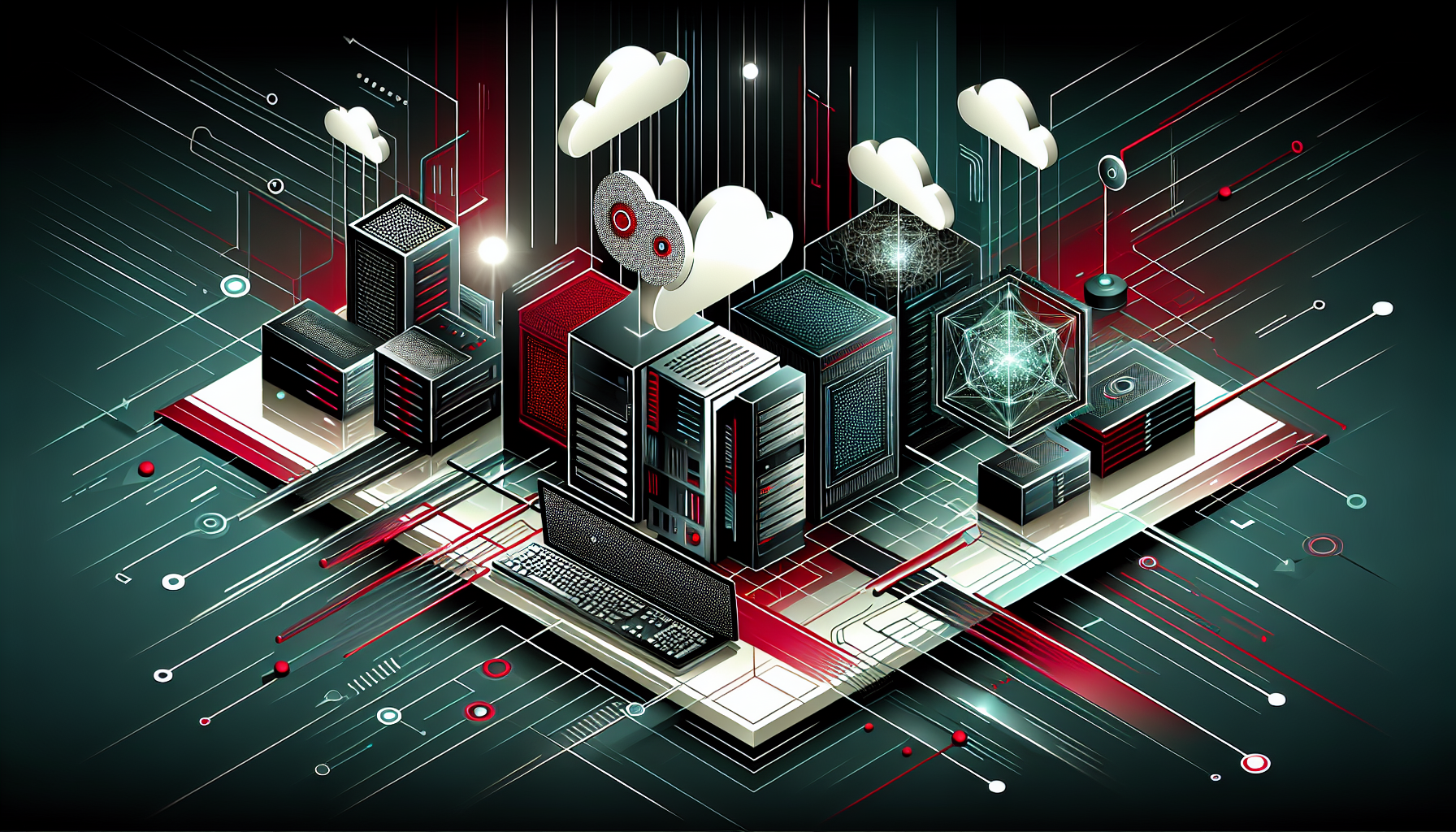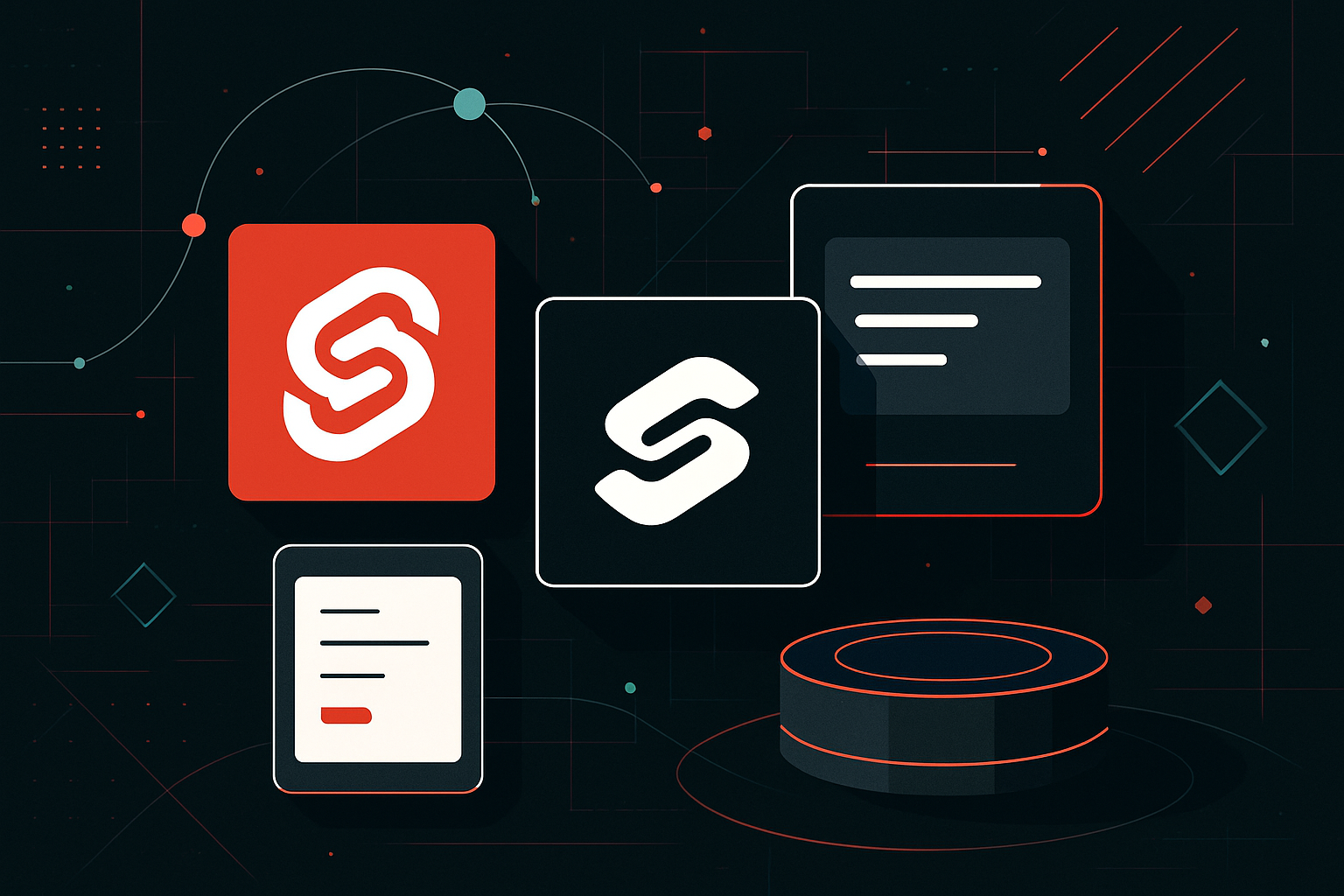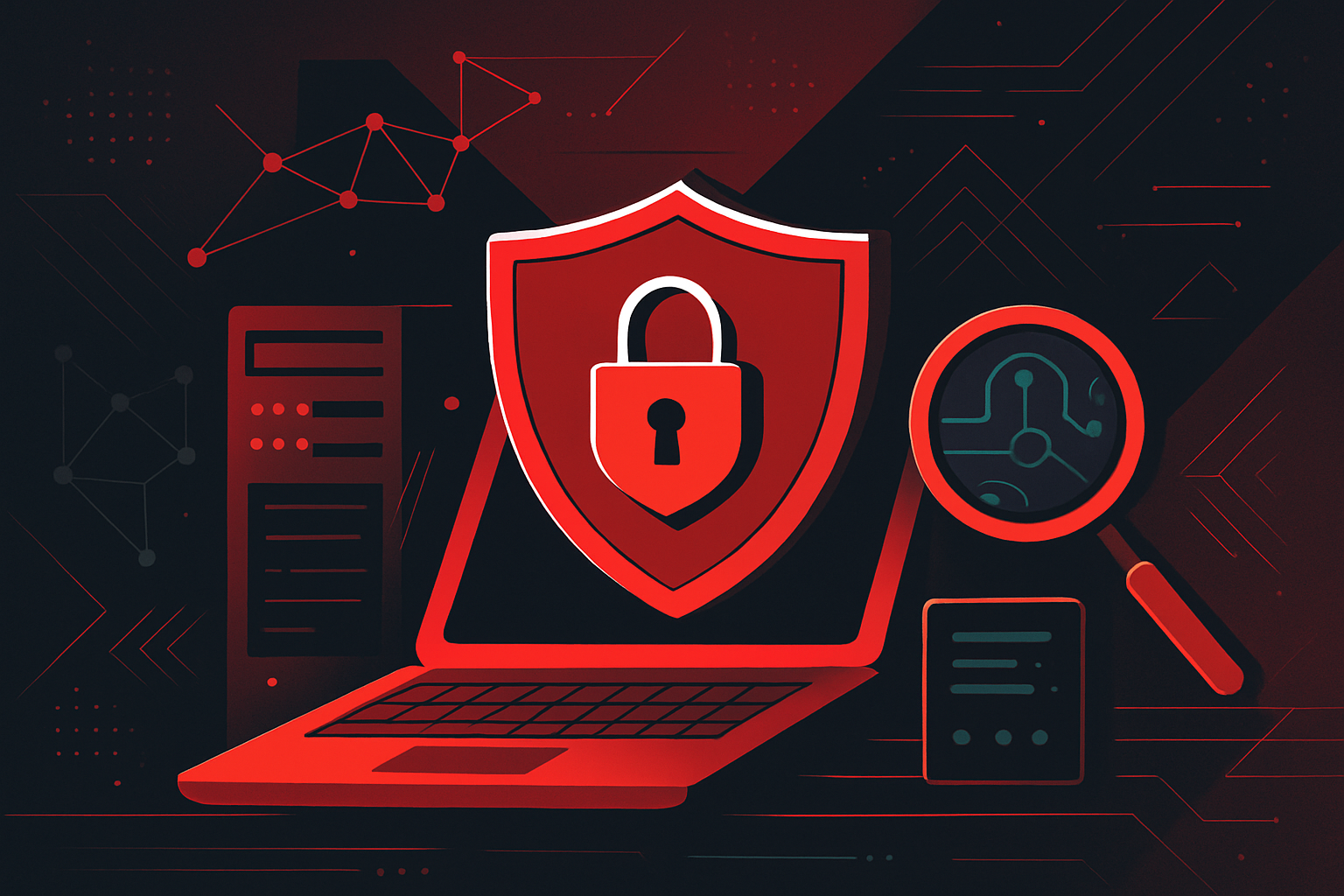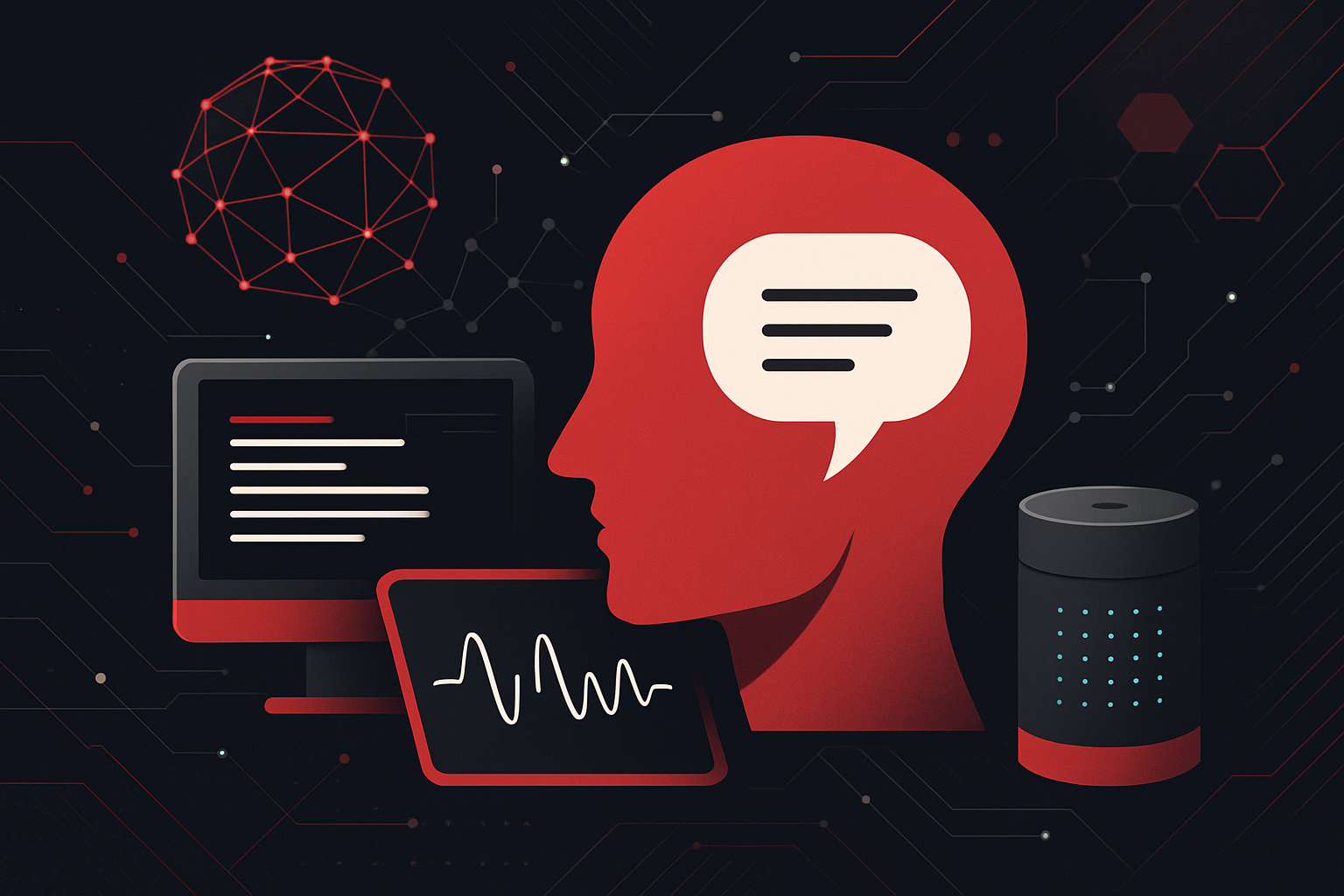Edge Computing vs. Cloud Computing

Definition and Core Concepts
Edge Computing:
Edge computing refers to processing data close to the source of data generation (sensors, IoT devices, gateways) rather than relying solely on centralized cloud data centers. It minimizes latency and reduces bandwidth usage by handling computation locally.
Cloud Computing:
Cloud computing centralizes computation and storage in remote data centers managed by third-party providers (e.g., AWS, Azure, Google Cloud). Data is sent to these centers for processing and storage, and results are returned to the client devices.
Key Differences: Edge vs. Cloud
| Feature | Edge Computing | Cloud Computing |
|---|---|---|
| Latency | Low (milliseconds, near real-time) | Higher (dependent on network and distance) |
| Bandwidth Usage | Reduced (local processing) | High (data must travel to/from cloud) |
| Data Privacy | Improved (data may not leave local network) | Dependent on provider, data stored remotely |
| Scalability | Limited by local resources | Virtually unlimited (elastic scaling) |
| Maintenance | Requires on-site hardware management | Managed by provider |
| Availability | Dependent on local infrastructure | High redundancy and reliability |
| Use Cases | IoT, real-time analytics, autonomous vehicles | Big data analytics, storage, SaaS, ML training |
When to Use Edge Computing
- Low-Latency Requirements: Industrial automation, autonomous vehicles, AR/VR applications where delays must be minimized.
- Bandwidth Constraints: Remote oil rigs, ships, or rural areas with limited connectivity.
- Data Privacy: Healthcare or finance applications where regulations require data to stay on-premises.
- Intermittent Connectivity: Environments where network connections are unreliable or costly.
Technical Example: Real-Time Object Detection on Edge
Suppose you want to run an object detection model on a video stream from a security camera using a Raspberry Pi (edge device) with TensorFlow Lite.
import tflite_runtime.interpreter as tflite
from picamera import PiCamera
import numpy as np
# Load TFLite model and allocate tensors
interpreter = tflite.Interpreter(model_path="detect.tflite")
interpreter.allocate_tensors()
# Capture frame from camera
camera = PiCamera()
frame = np.empty((224, 224, 3), dtype=np.uint8)
camera.capture(frame, 'rgb')
# Preprocess and run inference
input_index = interpreter.get_input_details()[0]["index"]
interpreter.set_tensor(input_index, frame)
interpreter.invoke()
This approach processes video locally, reducing bandwidth and latency compared to sending frames to the cloud.
When to Use Cloud Computing
- Massive Scale: Applications needing elastic resource scaling, such as video streaming platforms.
- Data Aggregation and Analytics: Centralized processing of large datasets (e.g., sales analytics, user behavior).
- Machine Learning Training: Training complex models requiring powerful GPUs/TPUs.
- Global Access and Collaboration: SaaS applications, document management systems.
Technical Example: Serverless Function in the Cloud (AWS Lambda)
A simple image processing function triggered by S3 upload:
import boto3
from PIL import Image
import io
def lambda_handler(event, context):
s3 = boto3.client('s3')
bucket = event['Records'][0]['s3']['bucket']['name']
key = event['Records'][0]['s3']['object']['key']
response = s3.get_object(Bucket=bucket, Key=key)
image_content = response['Body'].read()
image = Image.open(io.BytesIO(image_content))
# Process image
# Save results back to S3 or trigger downstream workflow
Data is uploaded to the cloud; compute is performed centrally and can scale with demand.
Hybrid Approaches
Many modern architectures leverage both paradigms:
– Preprocessing at the Edge: Filter or compress data locally, send relevant events or summaries to the cloud.
– Model Training in Cloud, Inference at Edge: Train AI models in the cloud, deploy lightweight inference models to edge devices.
Workflow Example:
- Edge device captures and preprocesses video.
- Only detected events (e.g., motion, anomalies) are sent to the cloud.
- Cloud aggregates, analyzes, and stores events for long-term analysis.
Security Considerations
| Aspect | Edge Computing | Cloud Computing |
|---|---|---|
| Attack Surface | Larger, many endpoints | Centralized, fewer |
| Update Management | Challenging, distributed devices | Centralized, easier to patch |
| Data in Transit | Typically less | More, requires strong encryption |
| Physical Security | Harder (remote sites) | Easier (secure data centers) |
Actionable Security Tips:
– Always encrypt data in transit and at rest.
– Use secure boot and signed firmware on edge devices.
– Regularly update edge device software.
– Apply strict IAM and network policies in the cloud.
Cost Structure Comparison
| Cost Type | Edge Computing | Cloud Computing |
|---|---|---|
| Initial Investment | High (hardware, deployment) | Low (pay-as-you-go) |
| Ongoing Costs | Maintenance, local management | Subscription, compute/storage fees |
| Scaling Costs | Hardware upgrades required | Scales with usage |
Cost Optimization Tips:
– Use edge for high-frequency, critical, or privacy-constrained workloads.
– Offload batch processing and archival storage to the cloud.
– Monitor usage and optimize cloud resources with autoscaling and reserved instances.
Deployment and Management Tools
- Edge:
- Azure IoT Edge, AWS IoT Greengrass, Google Edge TPU
- Containers: Docker, Kubernetes at the Edge (K3s, MicroK8s)
- Cloud:
- AWS Lambda, Google Cloud Functions, Azure Functions
- Managed Kubernetes (EKS, AKS, GKE), Databases (RDS, CosmosDB, BigQuery)
Step-by-Step: Deploying a Containerized App to Edge with K3s
- Install K3s on the edge device:
curl -sfL https://get.k3s.io | sh - - Deploy your app (e.g., nginx):
kubectl create deployment nginx --image=nginx
kubectl expose deployment nginx --port=80 --type=NodePort - Access the app using the edge device IP and assigned port.
Summary Table: Choosing Between Edge and Cloud
| Scenario | Recommended Approach |
|---|---|
| Real-time, low-latency processing | Edge Computing |
| Large-scale analytics, storage-heavy tasks | Cloud Computing |
| Regulatory/compliance restrictions | Edge Computing |
| Machine learning model training | Cloud Computing |
| Distributed IoT devices with intermittent network | Edge Computing |
| Global web applications | Cloud Computing |
| Hybrid needs (preprocessing + analytics) | Edge + Cloud Hybrid |





0 thoughts on “Edge Computing vs. Cloud Computing”